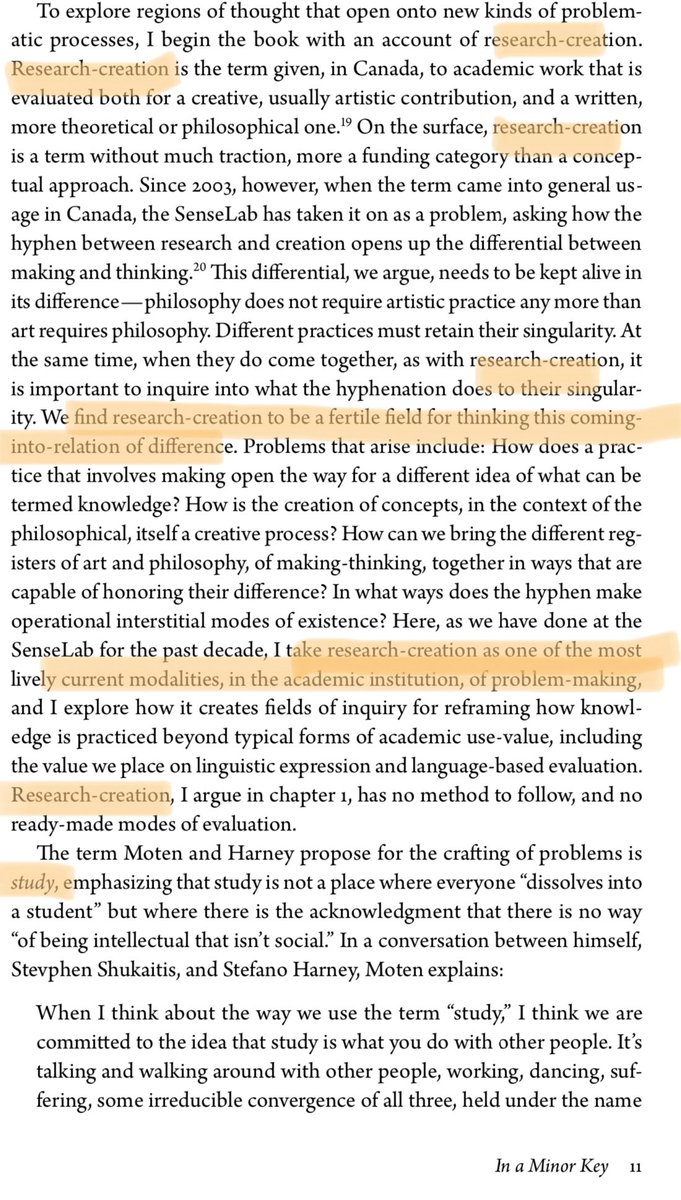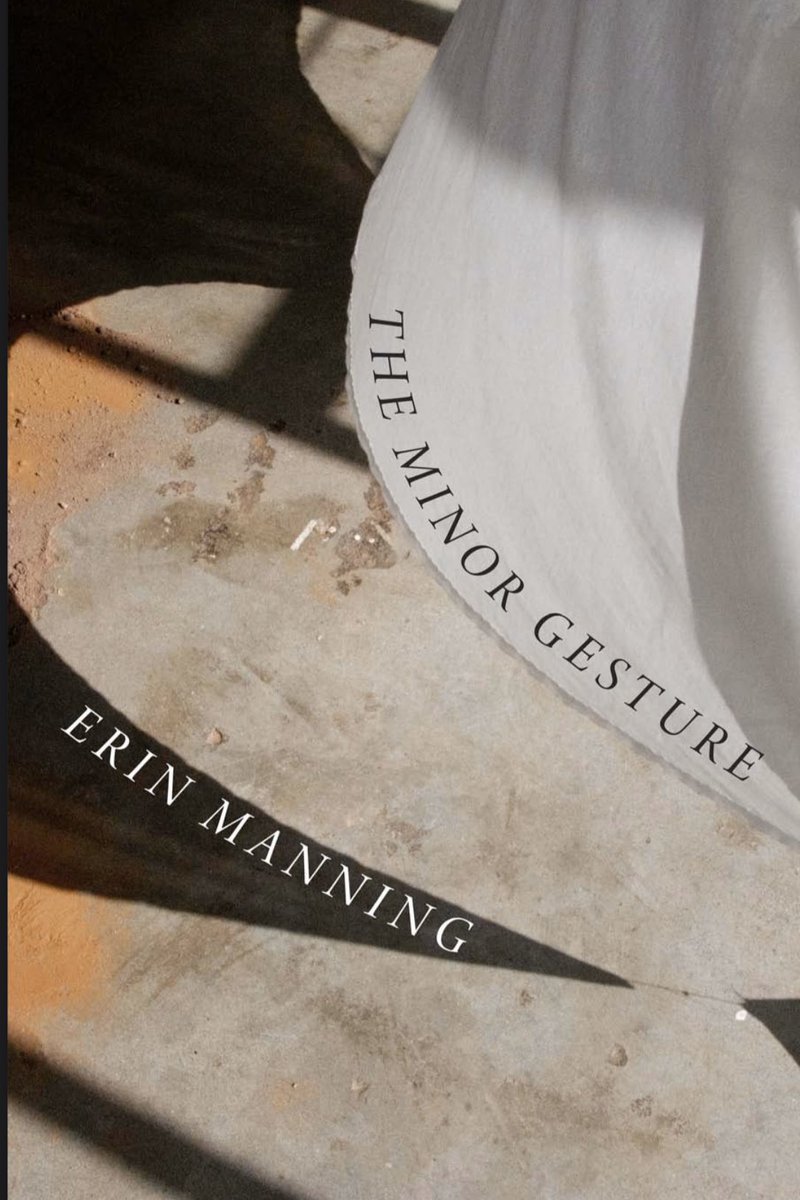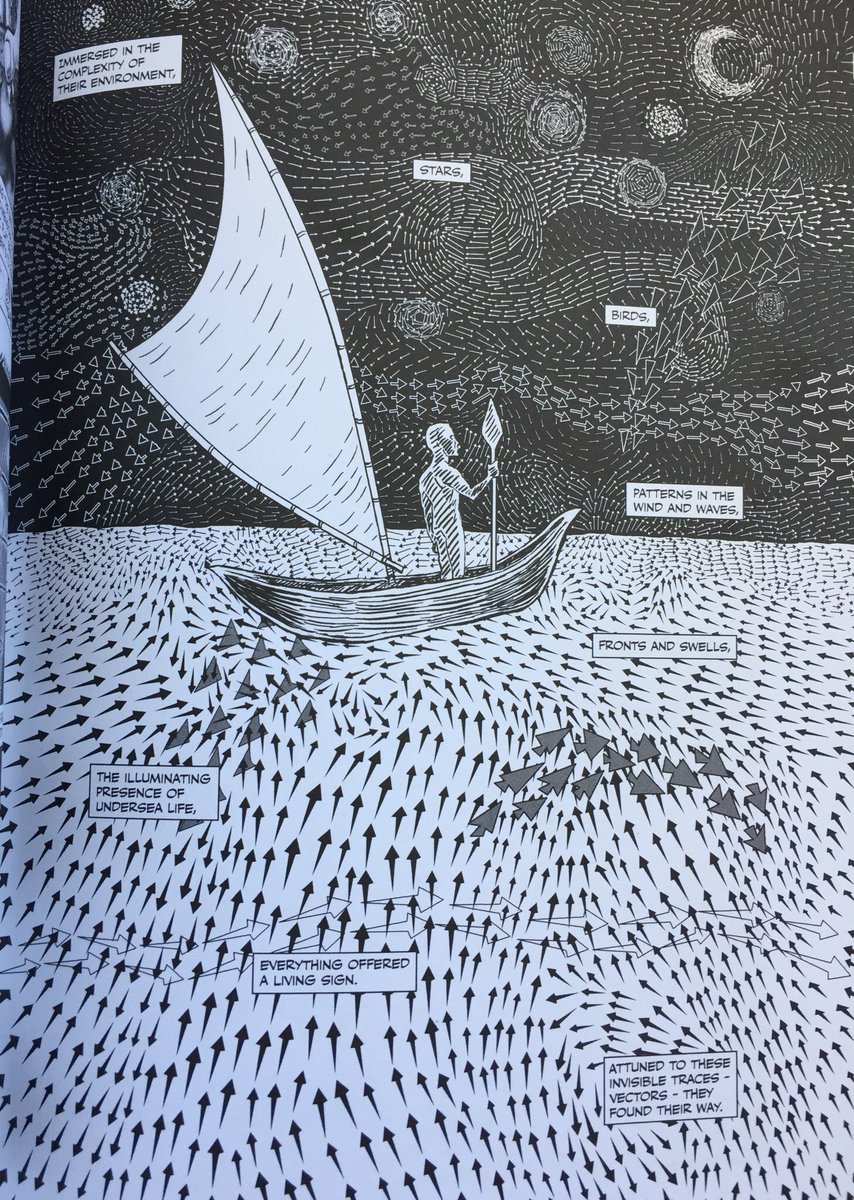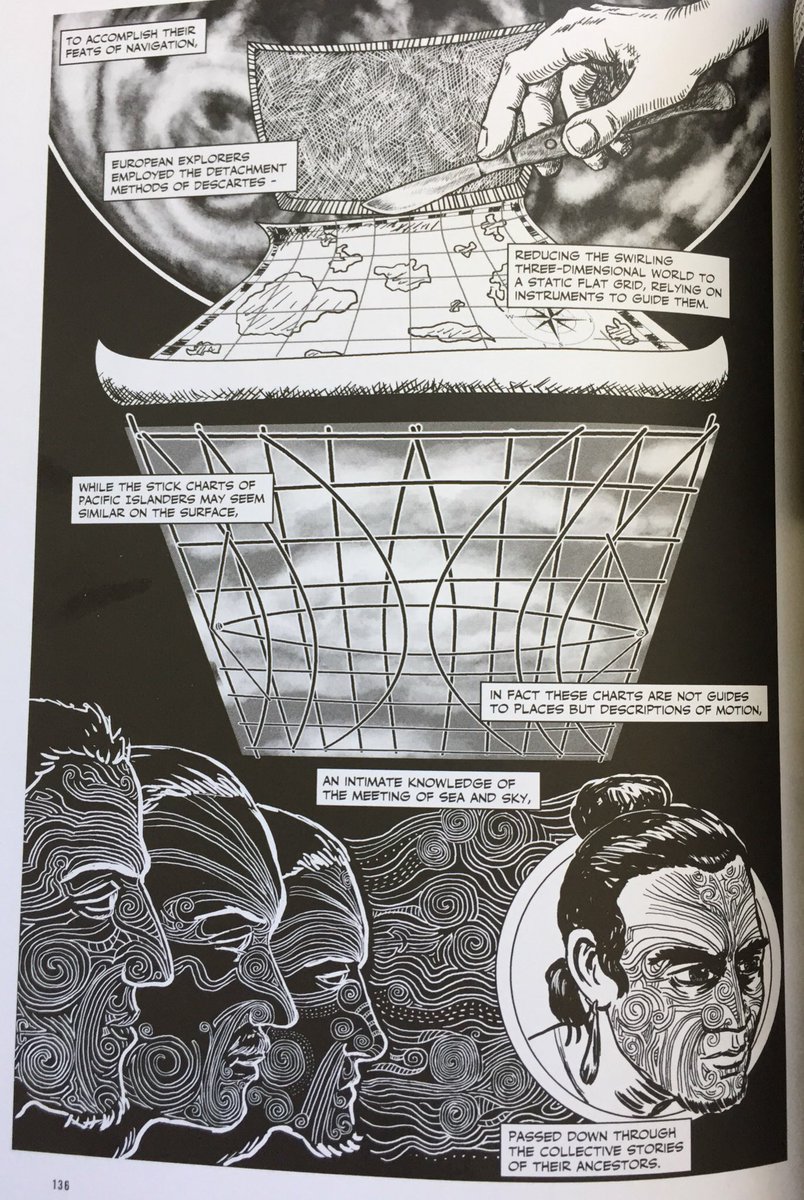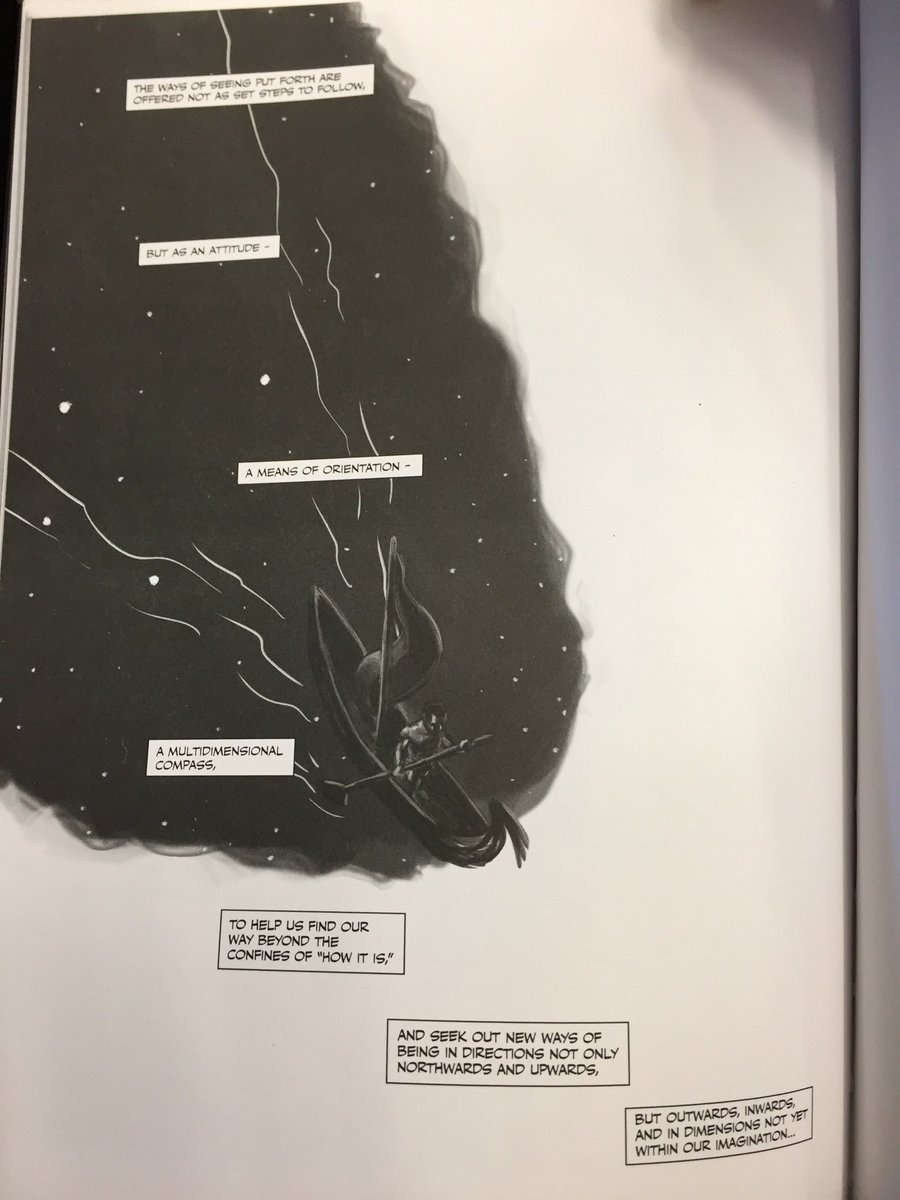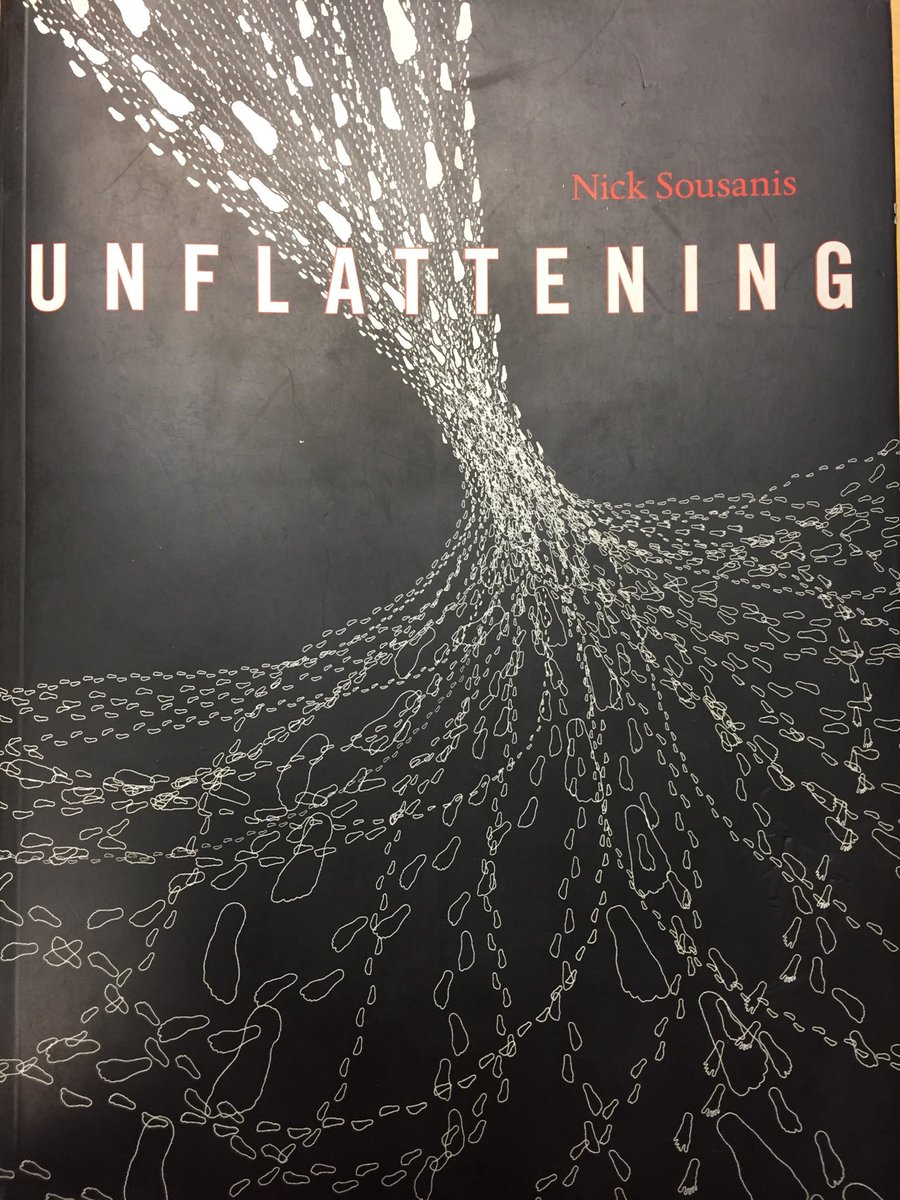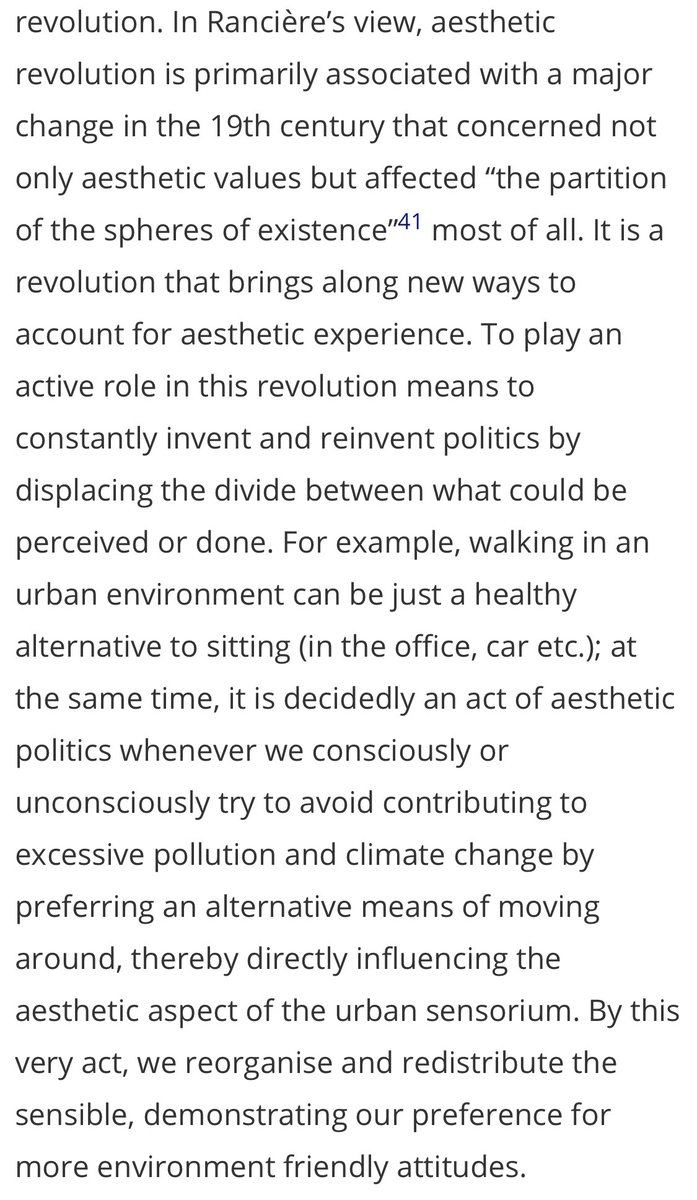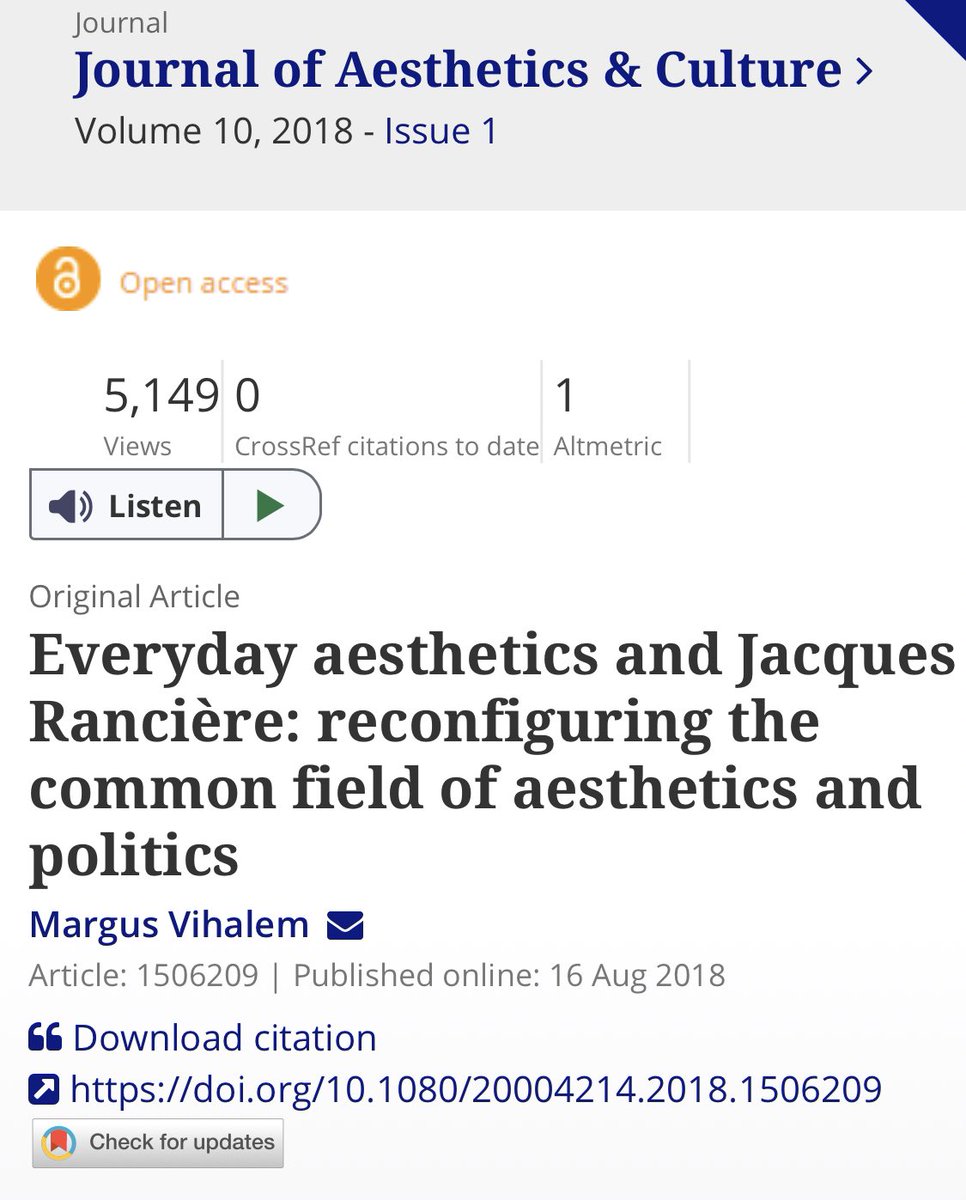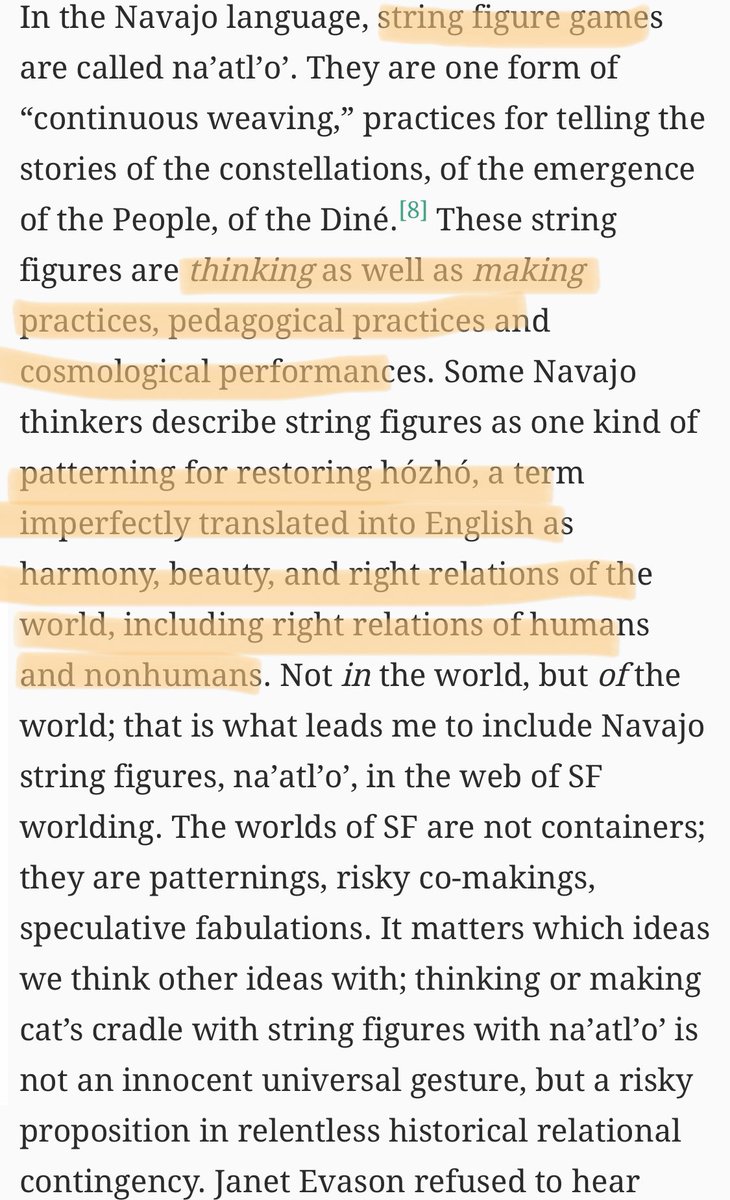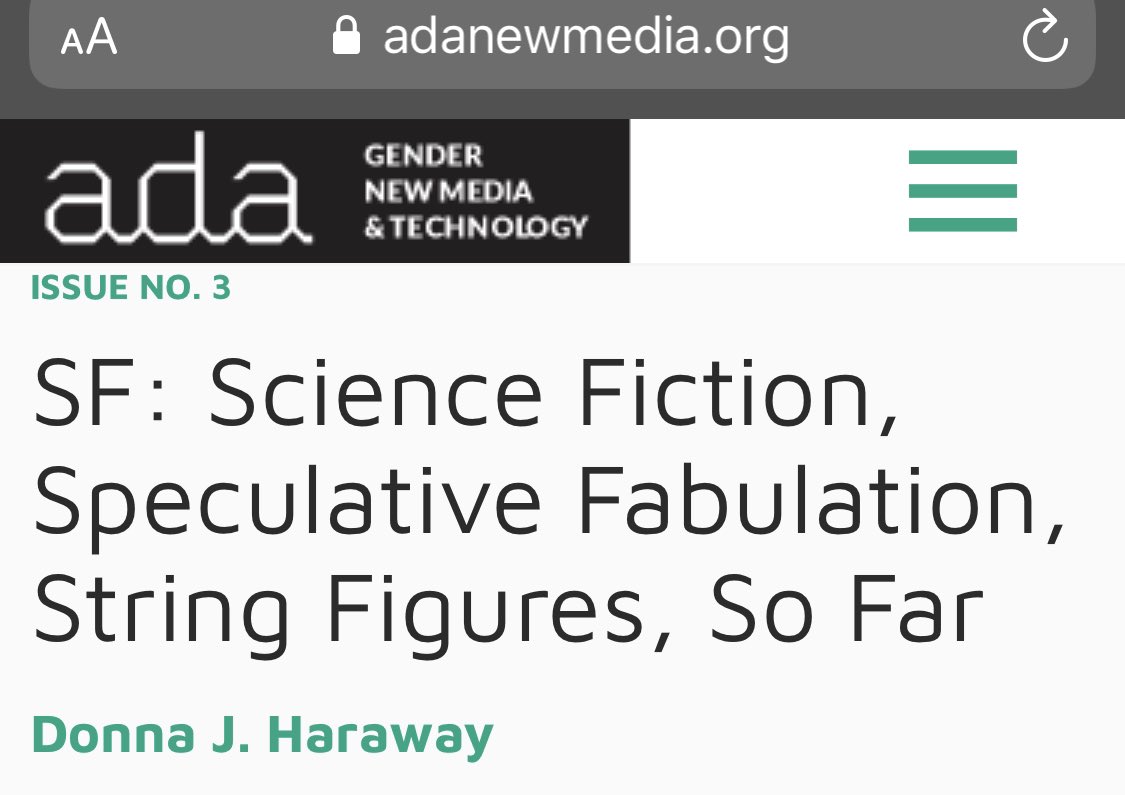What follows are examples of a lesson we did where S’s were asked to reconsider what the environment (our school) might “say” or “mean” beyond it’s typical “meaning.”
Example: “what else could stairs say besides ‘walk up or down me’?”
Or:
“How can curbs become playgrounds?”
Example: “what else could stairs say besides ‘walk up or down me’?”
Or:
“How can curbs become playgrounds?”
The point was to encourage S’s to see the world as a playground, to transform the ordinary into the extraordinary, to hear the invitations to play that we typically don’t listen for, to see curbs & stairs as playmates, to see landscapes as movementscapes, & to embody a Play Ethic
This particular approach can be seen as an example of posthuman/new materialist Pedagogy with some Peircean semiotics &/or Deleuzian A-signifying semiotics, or better yet an EduSemiotics (Semetsky).
Essentially, we were exploring/creating MEANING of the “signs” around us.
Essentially, we were exploring/creating MEANING of the “signs” around us.
One might see here the students re-thinking relationships, creating new identities (of self & others), exploring the networks of power, experimenting w agency (self & other), & discovering what a bodymind can do...in Nomadic Terrain & Liminal/Imaginal space.
The activity focused on “what might be” or “what could be,” freeing S’s from the dominant Logic of Certainty that pervades most pedagogical encounters. Such normative approaches rob both students & stairs of their potential. We aimed, here, to manifest that potentiality.
One can see the notion of Manning’s MINOR GESTURE at play here.
A minor gesture, according to Manning, “activates a tendency already in germ & emboldens it toward an altering of what tendency can do.”
In this lesson, students were essentially doing “research-creation.”
A minor gesture, according to Manning, “activates a tendency already in germ & emboldens it toward an altering of what tendency can do.”
In this lesson, students were essentially doing “research-creation.”
One can also see some Deleuzian themes at play: nomadism, rhizomes, lines of flight, deterritorialization, A-signifying semiotics, immanent ethics, etc.
Bennett’s notion of “Vibrant Matter” is also relevant here, as students discovered the “thing power” of so-called “objects.”
Bennett’s notion of “Vibrant Matter” is also relevant here, as students discovered the “thing power” of so-called “objects.”
It was also an exercise in wayfinding. As Sousanis says in Unflattening, “Everything offered a living sign. Attuned to the invisible traces...they found their way.”
And the “way” we were concerned w here was a “way beyond the confines of ‘how it is...’”
And the “way” we were concerned w here was a “way beyond the confines of ‘how it is...’”
The activity was an act of what Ranciere calls DISSENSUS (an act of revolution against the so-called Consensus). It was a “redistribution of the sensible” whereby S’s invented new forms of collective enunciation.
Perhaps, drawing on Haraway, one can see these students “making kin with” human & non-human agents as they were playing “string figure games” w each other. Maybe these acts of Sympoiesis enable them to “stay with the trouble of living & dying together on a damaged Earth?”
The following tweets are examples of student responses to the original prompts.
Each tweet contains a quote from Erin Manning’s MINOR GESTURE.
Each tweet contains a quote from Erin Manning’s MINOR GESTURE.
“In its movement, the minor gesture creates sites of dissonance, staging disturbances that open experience to new modes of expression. In making felt the event’s limit, the operational interval where the event exceeds the sum of its parts, the MG punctually reorients experience.”
“New modes of existence call forth an articulation of the political that is not reducible to preexisting constituencies, and thus is open to creating and celebrating modes of life-living as yet uncharted.”
“To move the interval, the more-than, rather than ‘the body,’or ‘the subject,’ is to create an opening for a politics that doesn’t begin w or settle into form, a politics that invents w the inframodality of a making- thinking that refuses to know in advance what it can become.”
“What is at stake in the field of relation is how the relation evolves, how it expresses itself, what it becomes, what it can do. The relation can never be properly called human. It may pass thru the human or connect to certain human tendencies, but it’s always more-than human”
“The register of the minor gesture is always political: in its punctual reori-
enting of the event, the minor gesture invents new modes of life-living. It moves through the event...opening the way for new tendencies to emerge, in the resonances that are awakened...” Manning
enting of the event, the minor gesture invents new modes of life-living. It moves through the event...opening the way for new tendencies to emerge, in the resonances that are awakened...” Manning
“The minor gesture is the activator, the carrier, it is the agencement that draws the event into itself. It moves the nonconscious toward the conscious, makes felt the unsayable in the said, brings into resonance field effects otherwise backgrounded in experience.” Manning
“To experience the world in its shape-shifting alerts us to the realness of relation and connects to a more-than-human horizon, I think. It allows us to think ecologically, from the middle.”
“What would it mean to become aware of how a lack of accommodation impedes the dance of attention of an event from being felt?”
“What might it mean to make accommodation, seen as a collec- tive engagement that tends fields of relation, a central concern of the everyday, in all instances, at all times, including accommodation in the strictest physical, architectural sense...?”
“The question thus moves beyond how this or that is a ‘good’ idea to what the idea can do in relation to the event with which it co-composes.”
“...ideas do get re-taken-up later, suddenly re-emerging in new contexts, often brought forward by different people than those who might originally have offered them up.”
“Why isn’t every entrance designed to accommodate difference, and why is it that there is a sense, still very strong within architecture (and within so many of our practices) that accommodation is a nasty af- terthought?”
“Our approach involves a kind of structured improvisation that builds on an acute form of listening to the unfolding of a process in real-time.”
“An event-based practice needs to reinvent itself continuously, and it needs to resist becoming institutionalized.”

 Read on Twitter
Read on Twitter